良好的睡眠对心理和身体健康至关重要,但许多人都在与干扰休息的隐藏压力源作斗争。合适的照明,尤其是一盏 设计良好的落地灯,可以显著影响放松和睡眠质量。本文探讨了 照明如何影响睡眠、减少睡前压力的方法,以及为何选择合适的落地灯至关重要 用于营造理想的卧室环境。

睡前隐藏的压力源
在深入探讨照明解决方案之前,了解可能阻碍睡眠的常见压力源非常重要:
蓝光暴露: 屏幕发出高能蓝光,会抑制褪黑激素的分泌,褪黑激素是调节睡眠的激素。
环境杂乱: 杂乱无章的卧室环境会导致精神不安,难以放松。
噪音污染: 即使是低水平的背景噪音也会增加皮质醇水平,这是一种与睡眠质量差相关的压力激素。
不当照明: 明亮或分布不均的光线会欺骗大脑保持警觉,延迟入睡时间。
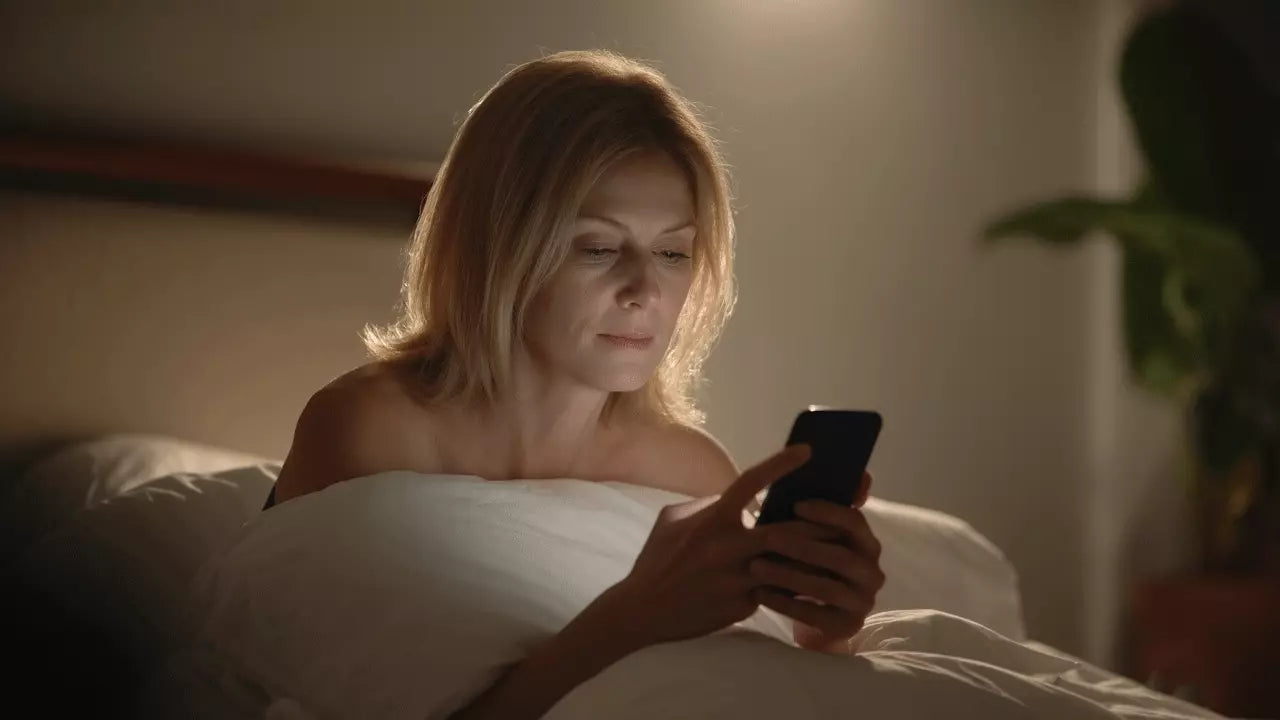
研究显示,睡前暴露于高强度人造光下的人群,褪黑激素的产生减少了22%。
压力对睡眠质量的影响
当身体处于压力状态时,会进入高度警觉状态,导致难以入睡和保持睡眠。常见后果包括:
入睡潜伏期延长: 从清醒到入睡的过渡时间延长。
频繁夜间醒来: 压力会扰乱睡眠周期,导致夜间辗转反侧。
深度睡眠减少: 身体优先进入较浅的睡眠阶段,减少恢复时间。
晨间昏沉: 低质量的睡眠导致迟钝和认知表现下降。
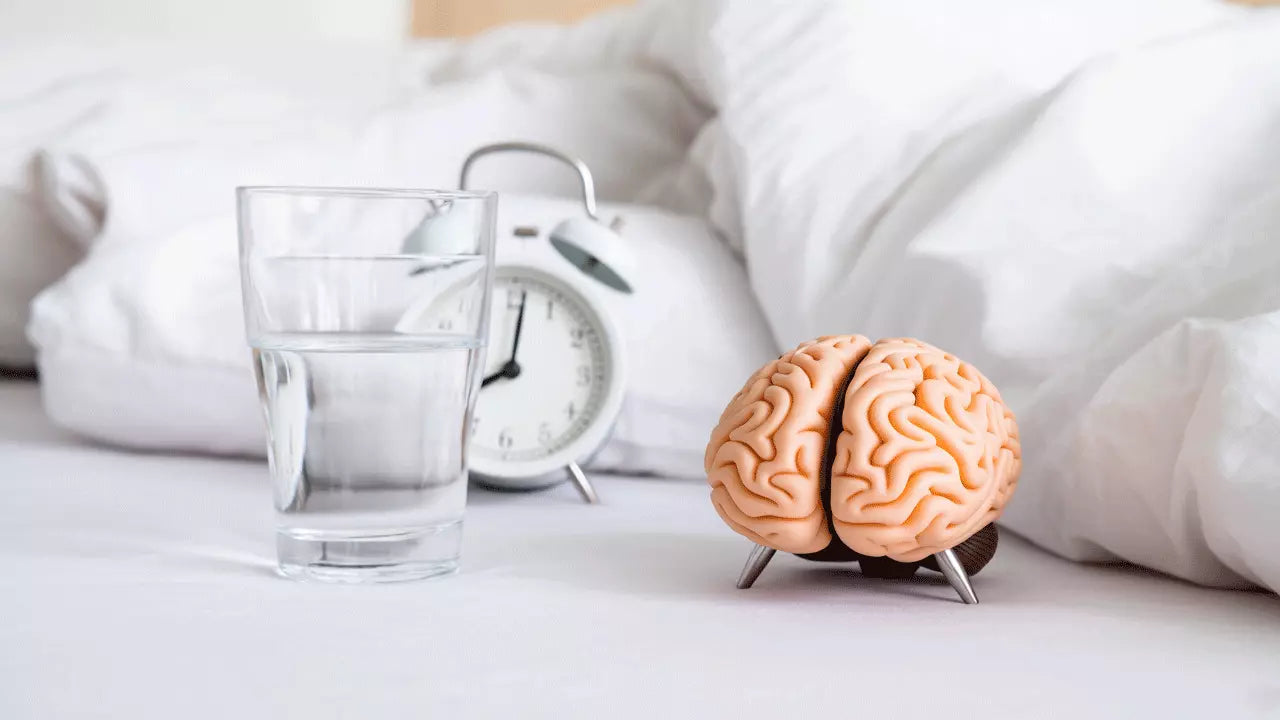
研究表明,压力相关的失眠影响西方社会多达30%的成年人。
睡前减压方法
为应对压力引起的睡眠问题,请考虑这些有效的放松技巧.
正念冥想: 进行引导呼吸练习可降低31%的皮质醇水平。
限制屏幕时间: 睡前至少一小时避免使用屏幕可减少蓝光暴露。
使用暖光源: 过渡到可调光的暖色调落地灯有助于向身体发出休息信号。
建立睡眠习惯: 每天同一时间上床有助于增强昼夜节律的稳定性。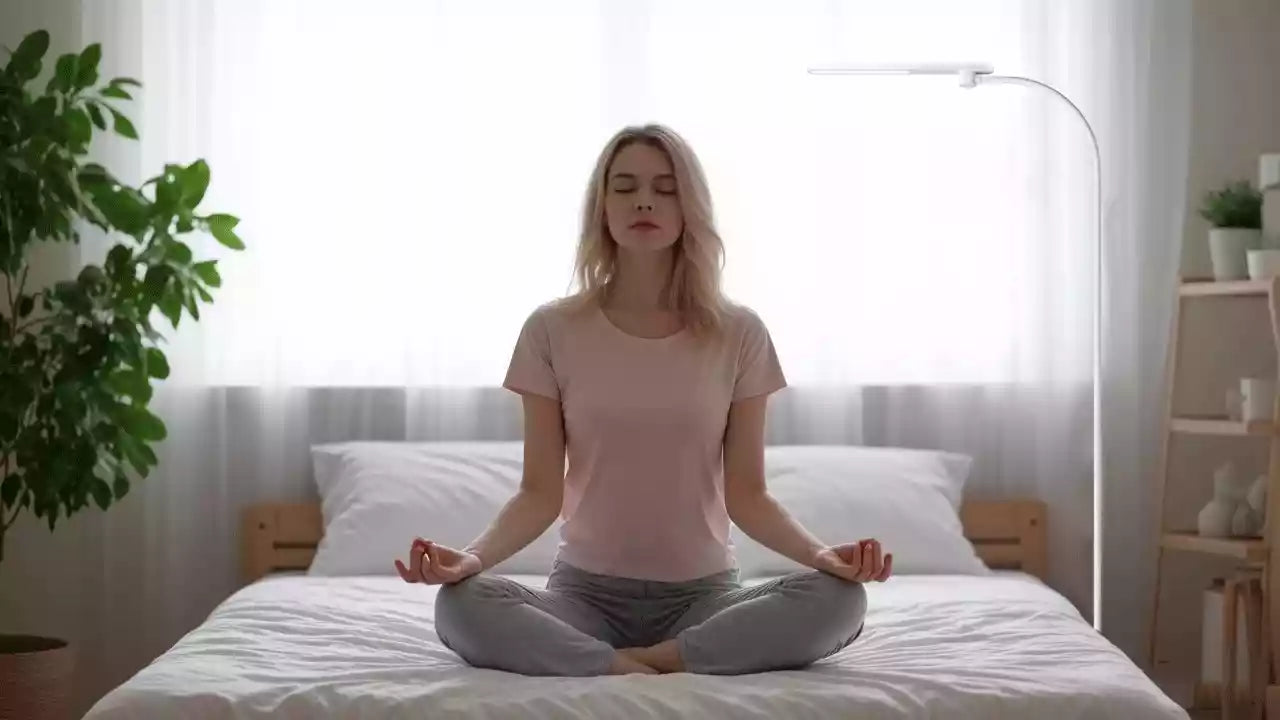
一项比较研究显示,卧室使用暖光的人比使用冷白光的人入睡速度快18%。
促进睡眠的照明解决方案
照明在调节睡眠-觉醒周期中起着关键作用。请考虑以下有助于睡眠的照明解决方案:
可调光落地灯: 可调节亮度允许在睡前逐渐降低光线。
色温控制: 暖光(2700K-3000K)促进放松,而夜间应避免使用冷光(5000K-6500K)。
定向照明: 带可调节灯头的落地灯可防止直射眩光,减少眼睛疲劳。
智能照明系统: 定时设置有助于自动化从清醒到睡眠模式的过渡。
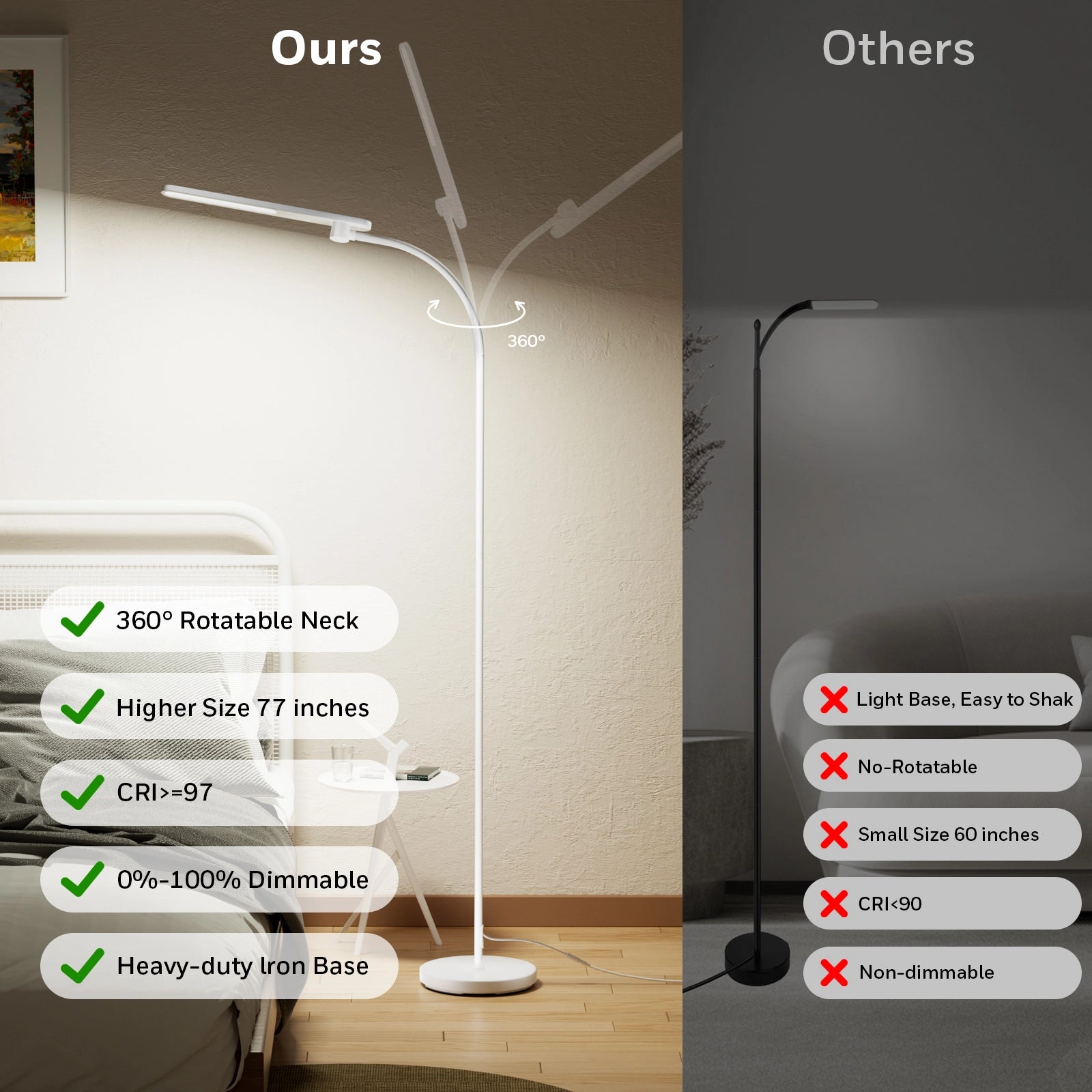
查看 霍尼韦尔智能照明系列 适用于为卧室照明优化设计的高级落地灯选项。
合适的落地灯如何提升卧室舒适度
设计精良的 卧室落地灯 以以下方式提供便利并提升睡眠环境:
选择落地灯的关键特性:
|
特点 |
功效 |
|
调光功能 |
根据不同放松阶段调节亮度 |
|
可调节灯头 |
将光线直接避开睡眠区域 |
|
色温控制 |
暖色调(2700K)有助于诱导睡眠 |
|
遥控或智能集成 |
床上便捷调光 |
|
能源效率 |
LED技术降低能耗 |
研究证实,睡前暴露于暖色灯光可提高12%的睡眠效率。
最佳休息与睡眠落地灯
霍尼韦尔睡眠优化落地灯:特点 可调节亮度, 暖光设置,和 智能自动化.
极简可调光落地灯:美观且实用,完美适合 睡前阅读.
多角度可调灯:理想的 定制床头照明而不打扰 一个 伴侣.
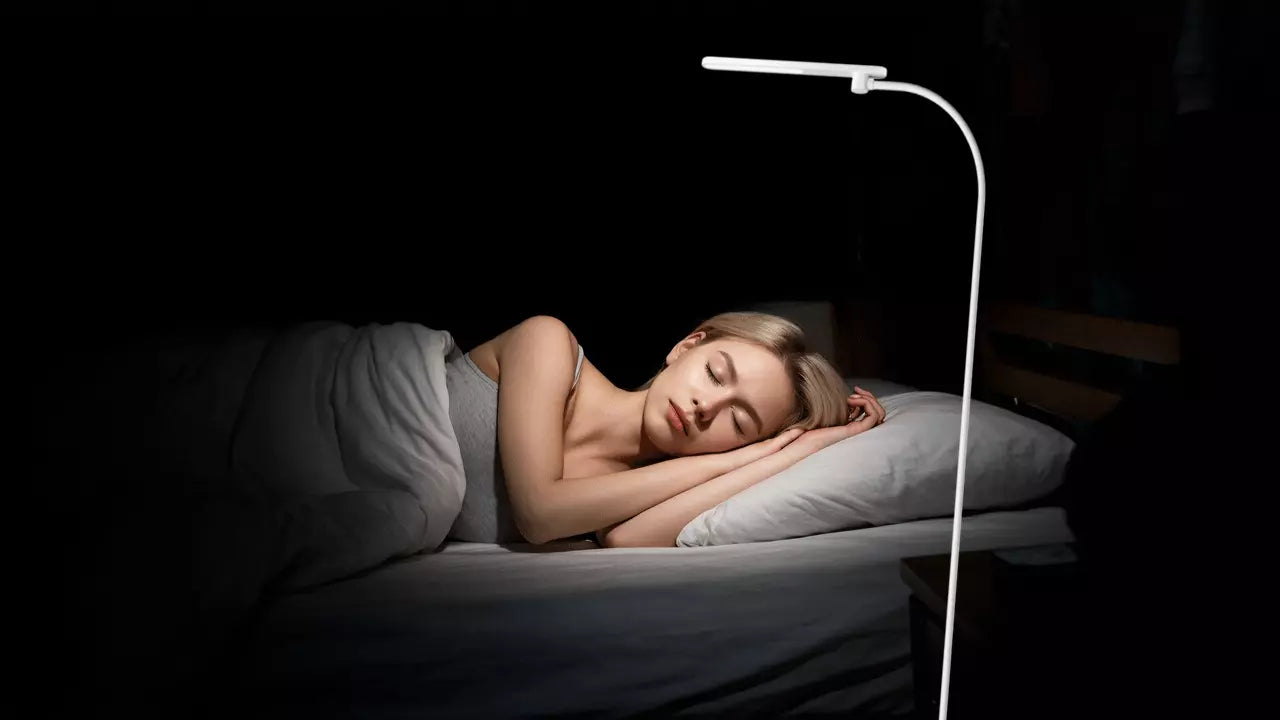 精心挑选的落地灯不仅提升卧室美感,还作为睡眠卫生的重要工具。
精心挑选的落地灯不仅提升卧室美感,还作为睡眠卫生的重要工具。
结论:投资合适的落地灯以改善睡眠
照明与睡眠质量之间的相关性 照明与睡眠质量 这是不可否认的。投资于 适合睡眠的落地灯 具有可调节亮度和暖光设置的灯具可以显著增强放松感和整体睡眠效率。
通过选择高品质、适合睡眠的落地灯,您不仅提升了卧室的氛围,还投资于更好的健康和福祉。






